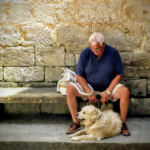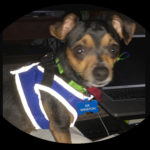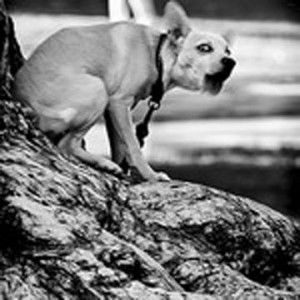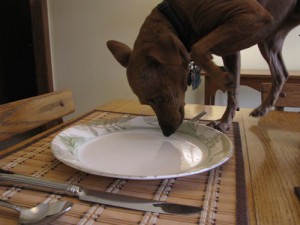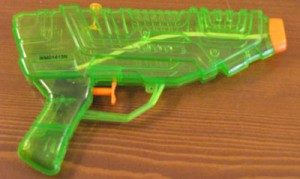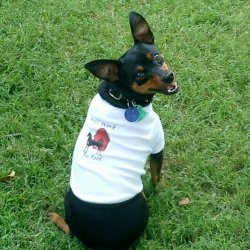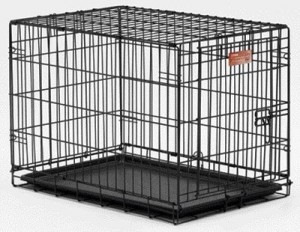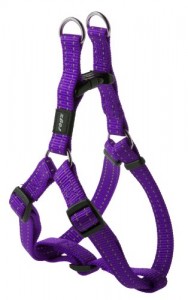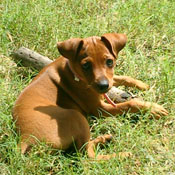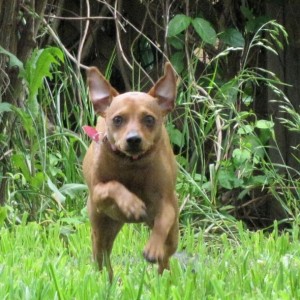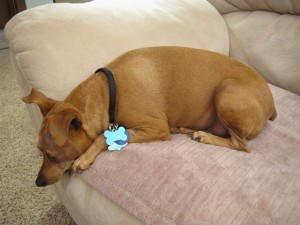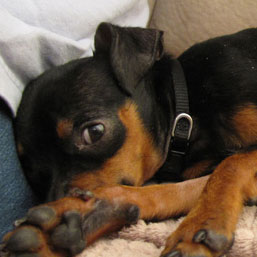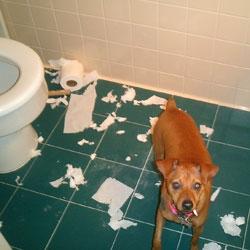Dog Food Recall: Potential Salmonella Contamination

Hubbard Life dog food recalled. Photo accessed: FDA.gov
Pro-Pet LLC Issues Voluntary Recall
According to a recent FDA press release, several dog and cat food products have been voluntarily recalled by Pro-Pet LLC. A field test indicated that a single production run in a two-day time frame may have been contaminated with Salmonella.
What Dog Foods Have Been Recalled?
A limited number of Dry Dog and Cat Foods, potentially contaminated with Salmonella, have been voluntarily recalled by Pro-Pet Life LLC. The dog foods are labelled under the brand name “Hubbard Life” and “QC Plus.” There have been no reports of illness related to this product to date. See the table below for the specific dog food products being recalled. Product information for cat foods recalled are listed at the end of the post.
According to the FDA recall press release, “These products were distributed through select retailers, distributors and on-line consumer purchases in Arizona, California, Colorado, Connecticut, Florida, Georgia, Iowa, Illinois, Indiana, Kentucky, Massachusetts, Michigan, Minnesota, Montana, North Carolina, North Dakota, Nebraska, New Jersey, New Mexico, New York, Ohio, Pennsylvania, South Dakota, Tennessee, Texas, Virginia, Washington, Wisconsin and West Virginia.”
No other products/lot numbers are affected by this recall.
Customers should immediately discontinue use of any impacted product
–FDA Safety Recall
Dog Food Products Recalled*
| Product | Best By | Lot Code | UPC Number |
|---|---|---|---|
| 40 lb Hubbard Life Happy Hound Dog Food | 05 06 14 | 096 13 SM L2 2A | 1219033878 |
| 40 lb Hubbard Life Happy Hound Dog Food | 05 06 14 | 096 13 SM L2 1A | 1219033878 |
| 40 lb Hubbard Life Maintenance Dog Food | 05 06 14 | 096 13 SM L2 2A | 1219033875 |
| 20 lb QC Plus Adult Dog Food | 05 07 14 | 097 13 SM L2 | 2A2351780103 |
| 40 lb QC Plus Adult Dog Food | 05 07 14 | 097 13 SM L2 2A | 2351780104 |
| 40 lb QC Plus Adult Dog Food | 05 07 14 | 097 13 SM L2 1A | 2351780104 |
*Scroll to bottom of post for cat food products
Source: FDA Safety Recall
What is Salmonella?
Salmonella is a bacterium that can cause disease in both humans and animals. It is often associated with chicken and chicken products, but can also contaminate a variety of human and pet foods. Salmonella live in the intestinal tract of many animals. Thus, contact with feces of animals, such as mammals (including humans), birds, and reptiles can spread Salmonella and cause disease. Pet foods are usually made with animal products, and thus, pet food can also become contaminated.
-
Dogs and Cats Can Carry Salmonella
Dogs and cats can spread Salmonella to humans even if the animal has no symptoms.
Impact on Dogs
Dogs and cats can be asymptomatic carriers of Salmonella (Overview of Salmonellosis, from Merck Veterinary Manuel (MVM), accessed Feb. 2014). Salmonella can also cause disease in dogs and cats, Salmonellosis, which is a mostly gastrointestinal illness in dogs and cats (Disorders Caused by Bacteria in the Digestive System of Dogs, from Merck Manuel for Pet Health, accessed Feb. 2014). Symptoms of Salmonellosis in dogs and cats include acute diarrhea, inflammation of the intestine, and possibly septicemia (blood poisoning). Septicemia can be life threatening, and thus, early treatment is essential. Symptoms of septicemia include the following: shaking, fever, weakness, confusion, lack of interest in food, vomiting, and diarrhea. If you suspect that your dog has symptoms of Salmonellosis, contact your veterinarian immediately.
Because Salmonellosis causes diarrhea, there is more of a chance that you may come into contact with dog feces from messes in the house. Always wash your hands thoroughly and use hand sanitizer especially if your dog has diarrhea because it may have a Salmonella infection or another contagious viral or bacterial illness.
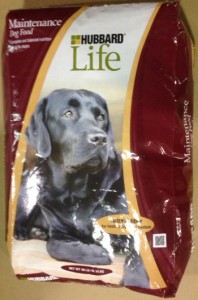
Hubbard Life Maintenance dog food recalled. Photo accessed: FDA.gov
Impact on humans
Salmonella contaminated dog food can also cause Salmonellosis in humans. Bacteria from contaminated dog food can be spread to humans by people handling dog food or from touching contaminated surfaces. In addition, Salmonella can be transmitted through dog feces or feces from another pet, including reptiles and birds. Frequent hand washing can reduce risk of contracting the disease (What is Salmonellosis? from Centers for Disease Control (CDC), Accessed Feb. 2014).
As mentioned previously, dogs and cats can be asymptomatic carriers of Salmonella (MVM, accessed Feb. 2014). Thus, thorough hand washing and use of a hand sanitizer is imperative in situations where one might come into contact with dog feces, such as cleaning up dog feces, especially if your dog has diarrhea or other symptoms of Salmonellosis
Symptoms of Salmonellosis in humans include diarrhea, fever, and abdominal cramps, although more severe symptoms can develop in some people. Young children, the elderly, and those with compromised immune systems are at highest risk of contracting Salmonellosis. Symptom onset usually occurs 12 to 72 hours after exposure and symptoms usually last 4-7 days. Antibiotics are not a first-line treatment of Salmonellosis in otherwise healthy adults because antibiotics prolong the excretion of the bacteria (How Can Salmonella Be Treated?, CDC, Accessed Feb. 2014).
Further Information
If you have been using any of the dog foods listed and suspect that you or your dog has Salmonellosis, contact Pro-Pet LLC at the number above for disposition.
For more information on the recall, customers can contact the customer service line for Pro-Pet at 1-888-765-4190. Customer service representatives will be available Monday through Friday 8 am to 5 pm CT.
Cat Foods Recalled
The following cat food products have also been recalled:
| 18 lb Hubbard Life Cat Stars Cat Food | 05 06 14 | 096 13 SM L2 1A | 1219033873 |
| 40 lb Hubbard Life Maintenance Dog Food | 05 06 14 | 096 13 SM L2 2A | 1219033875 |
| 15 lb Joy Combo Cat Food | 05 06 14 | 096 13 SM L2 1A | 7065407721 |
| 40 lb Joy Combo Cat Food | 05 06 14 | 096 13 SM L2 1A | 7065407713 |
| 40 lb Joy Combo Cat Food | 05 06 14 | 096 13 SM L2 2A | 7065407713 |




